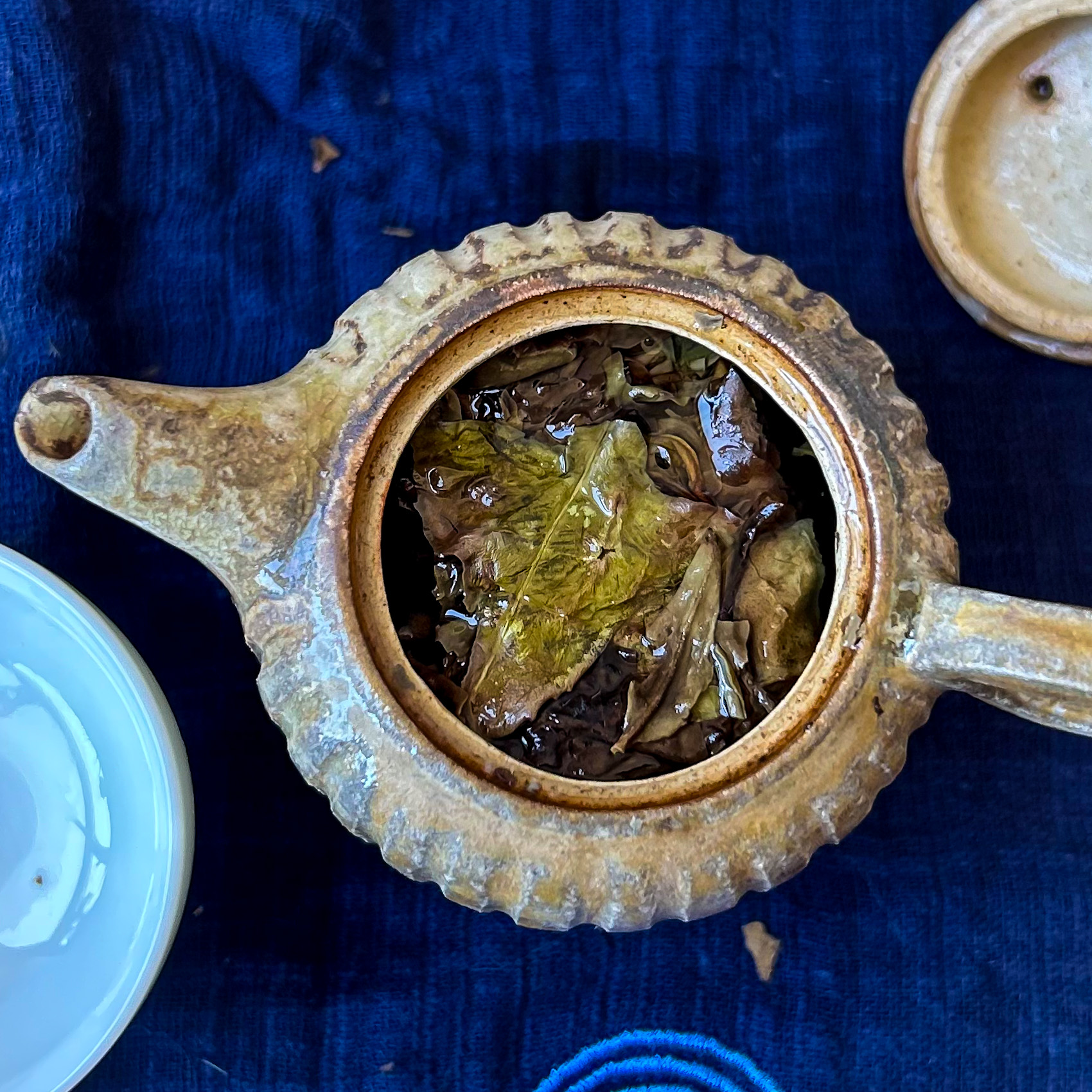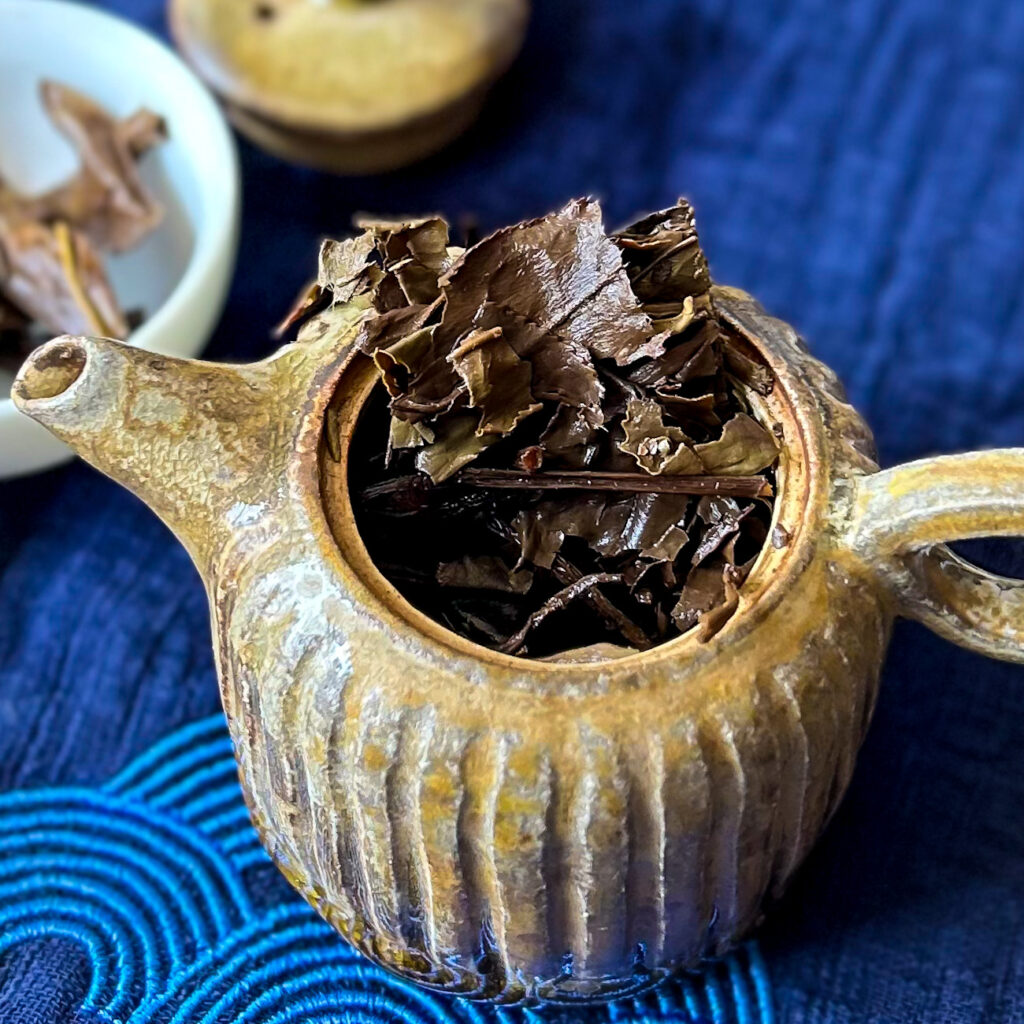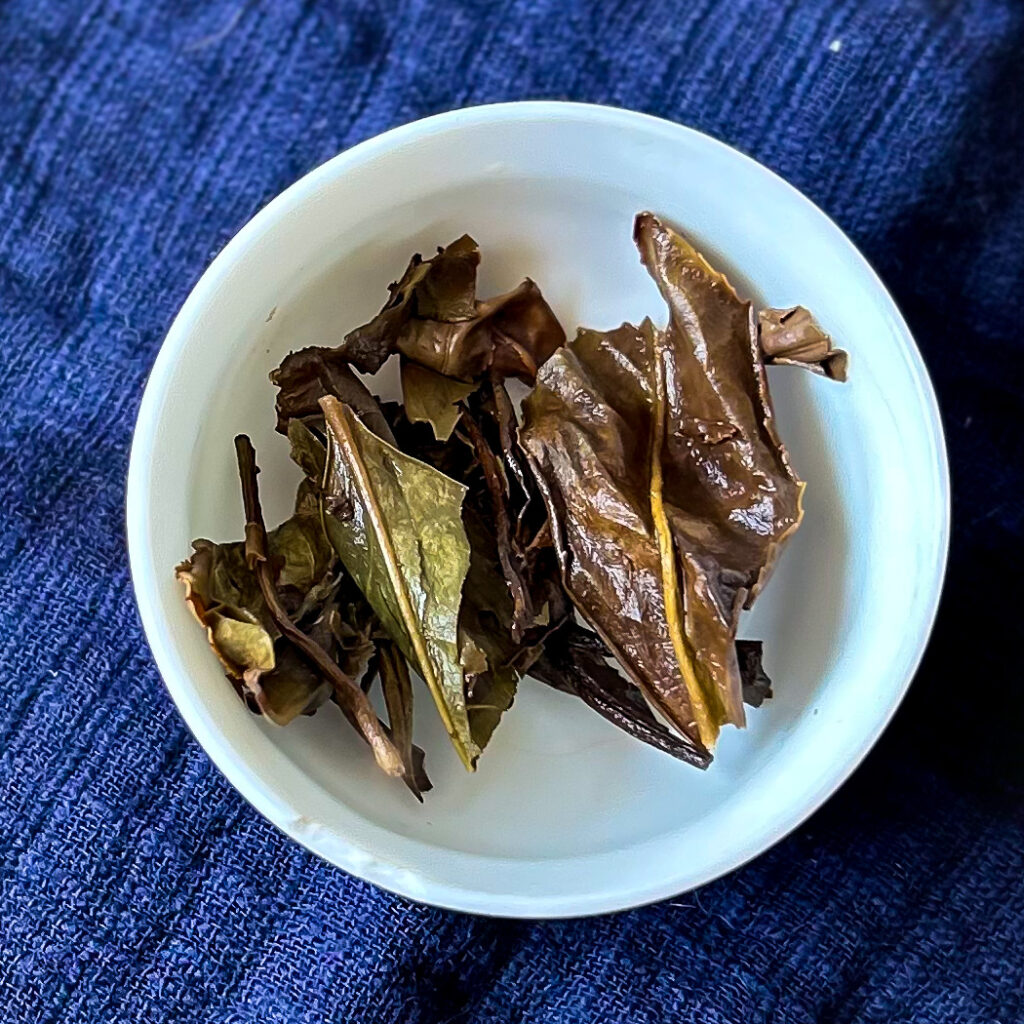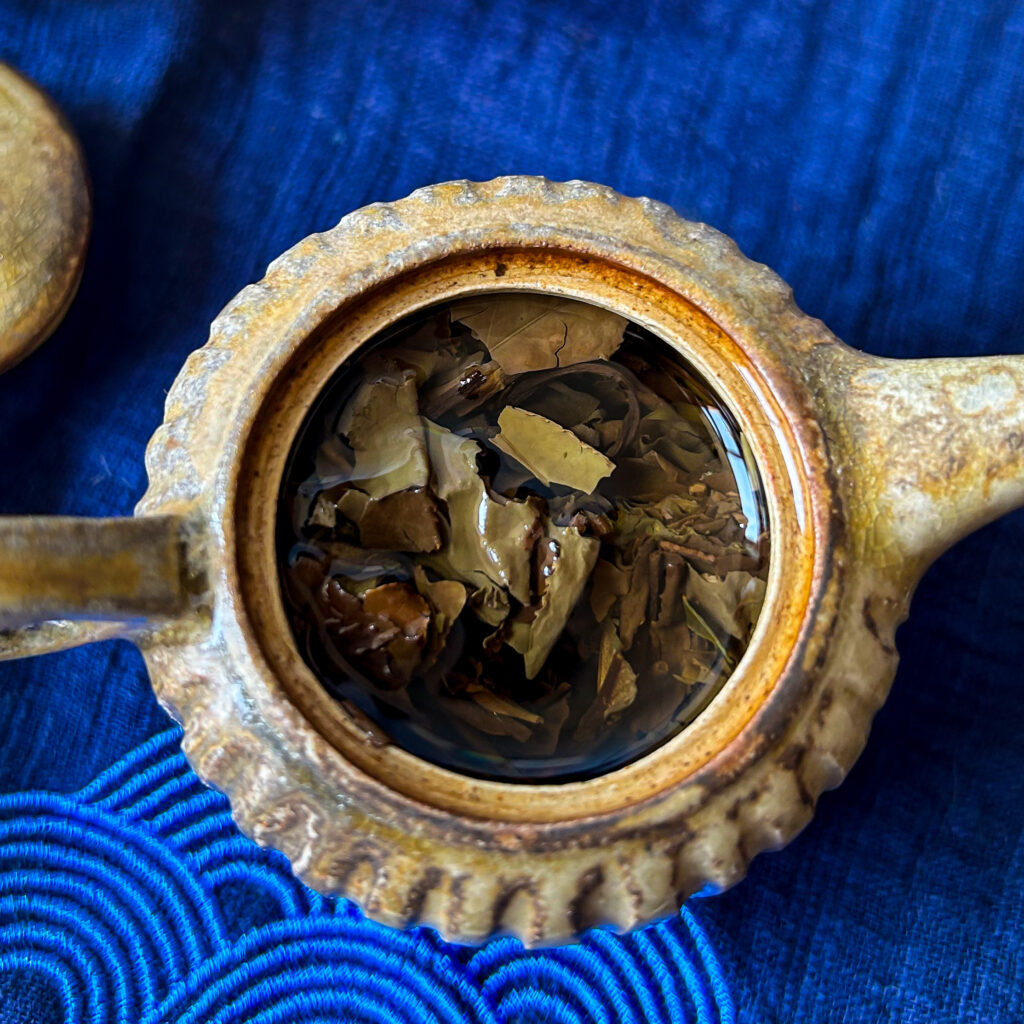

Discovering Shoumei: A Journey into Aged White Tea
Tea enthusiasts around the world are always on the lookout for unique and flavorful teas to add to their collection. One such hidden gem is Shoumei, a type of aged white tea from the Fujian province of China. This tea is known for its evolving flavors, smoothness, and the ability to be stored for a long time. In this blog, we will delve into the world of Shoumei, exploring its origins, production process, taste notes, health benefits, and sharing a personal review of this delightful tea.
Origins and Production
Shoumei originates from the Fujian province of China, specifically from the Fuding and Zhenghe regions. It is made from the leaves that are plucked at a later stage than those used for making Silver Needle and White Peony teas. The production process of Shoumei is similar to that of Pu-erh tea. The leaves are sun-dried and then stored in a cool, dry place to age. Over time, the tea develops a mellow, smooth flavor and a rich, amber color.



Taste Notes
Fresh Shoumei tea has a light, floral, and fruity taste with a hint of sweetness. As it ages, the tea develops richer, nuttier, and more complex flavors. It may have notes of honey, dried fruit, and a slight smokiness. The taste becomes smoother and more mellow with age.
Health Benefits
White tea, including Shoumei, is known for its various health benefits. It is rich in antioxidants, which help to combat oxidative stress and reduce the risk of chronic diseases. It also has anti-inflammatory properties, which can help to reduce inflammation in the body. Additionally, white tea has been found to have antimicrobial properties, which can help to fight off infections.
Personal Review
I recently had the pleasure of trying a 2016 Shoumei, and I must say, it was a delightful experience. The tea was incredibly smooth and creamy, with a toasty and citrusy aroma. One of the things I loved about this tea was its forgiving nature; even when overbrewed, it still turned out quite smooth. The tea came in the shape of a cracker/cake, which allowed for many steepings. I even stored it overnight in the teapot at room temperature to use the next day, and it was just as delicious.






Brewing Instructions
Brewing Shoumei tea is a delicate process that requires attention to detail. Here are the steps I followed to brew this tea:
- Water Temperature: I used water at a temperature of 90 degrees Celsius. It is important to use the right water temperature to extract the flavors of the tea without scalding the leaves.
- Steeping Time: I started with multiple steepings, beginning with 10-20 seconds for the first infusion and adding a few seconds for each subsequent infusion. This allows the leaves to gradually open up and release their flavors.
- Observations: I noticed that the leaves started to open up more with each infusion, and the liquor color got a little darker. This revealed some nuttiness in the flavors along with the floral taste and aromas.
It is important to note that Shoumei tea is very forgiving, and it is hard to make it bitter by overbrewing. It still turns out quite smooth even if brewed for a little longer.
Shoumei is a wonderful tea that offers a unique tasting experience with its evolving flavors and smoothness. Whether you are a seasoned tea enthusiast or a newcomer to the world of tea, Shoumei is definitely worth a try. Not only does it offer a delightful taste, but it also comes with a host of health benefits. So, why not give it a try and embark on a journey into the world of aged white tea?
Happy Sipping!



Leave a Reply